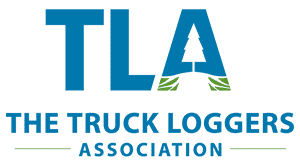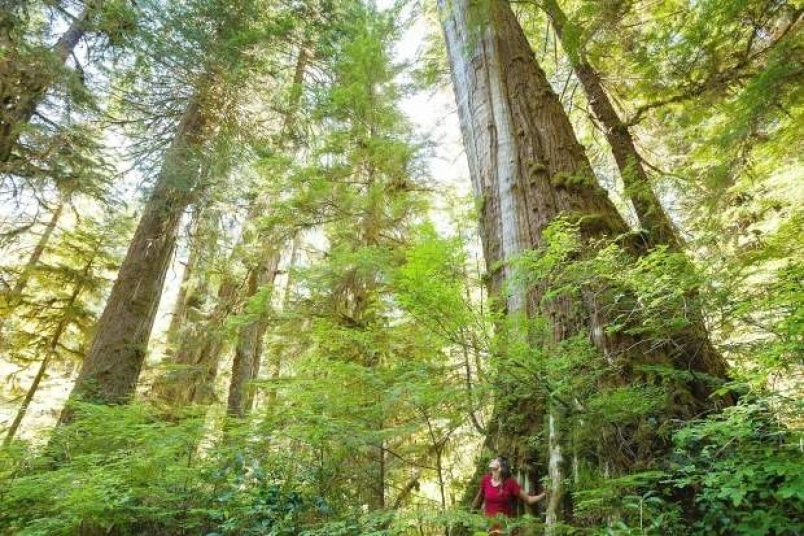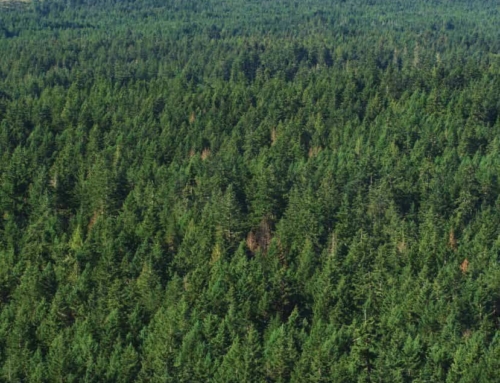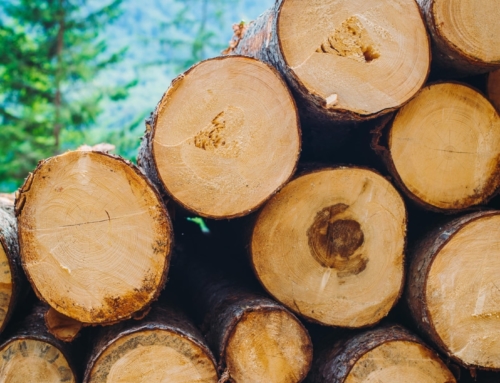Old-growth forest: David Elstone, executive director of the Truck Loggers Association, contends that 55 per cent of remaining old-growth forests, 500,000 hectares, are protected on Vancouver Island alone and will never be harvested. Ever.
Re: “The Island’s old growth is under attack,” comment, May 12.
For decades, and even more so over the past year, there have been many catastrophic headlines trumpeting rhetoric from environmentalists who say B.C.’s old-growth forests are endangered, and warning that if we’re not careful, we’ll soon run out.
There have been ongoing suggestions the forestry industry must transition from old-growth to second-growth harvesting. This is a completely unrealistic demand. A moratorium on harvesting old growth would deal a deadly blow to Vancouver Island’s forestry economy.
From 2012 to 2017, about 47.7 per cent of the harvest was from old-growth trees. Ending old-growth logging on Vancouver Island would shut down four sawmills and a pulp mill and lead to thousands of jobs lost.
It would also eliminate much of the value-add wood-product manufacturing that relies on access to high-quality timber that comes only from old-growth forests. Old-growth wood is used to manufacture doors, mouldings, flooring and decking found in most people’s homes in B.C. It is valued for its knot-free, tight grain, which is stronger and more visually appealing than wood harvested from second-growth trees.
Let me be clear: B.C. is the most sustainably managed forest region in the world. The province has more forested land under third-party environmental certification than any other country in the world. B.C. takes old-growth conservation seriously. The Great Bear Rainforest Act, Old-Growth Management Areas and other safeguards were created to make sure we will never run out of old-growth forests.
The vast majority of old-growth forests are part of the provincial forest resource and owned by all British Columbians. Crown forests are managed with myriad values in mind, including recreation, soils, sustainable timber supply, wildlife, water, fish, biodiversity, visual landscapes and cultural resources. Industry harvests only 0.3 per cent (27,000 hectares) of the coast’s operational forest’s 8.5 million hectares per year.
Much of the negative attention focuses on clearcutting; it is often described as an unsustainable, unethical and ugly harvesting practice. In fact, clearcutting is the most cost-effective and silviculture-friendly way to regrow trees.
Reforestation, which is legally mandated in B.C., ensures our forests will be sustainable for generations to come, and the newly planted trees help our fight against climate change by fixing carbon as they grow. More than 200 million trees are planted every year in B.C. Carbon stored in wood products made from B.C. forests can remain sequestered for 100 years and beyond.
It is also not widely known that not all trees are harvested within a clearcut. B.C.’s legacy-tree policy requires the qualifying old-growth trees to be left standing, and there are successful examples of previously harvested clearcuts where legacy trees still stand tall.
As the voice of timber-harvesting contractors, we need to ensure governments at all levels understand the catastrophic economic consequences that would befall B.C.’s rural communities if pleas to ban old-growth logging were heeded.
MLA Sonia Furstenau should consider the disaster an old-growth logging ban would spell for the livelihoods of rural families, including those in her own riding, which is a forestry-based community. The coastal forest industry provides well-paying jobs for nearly 24,000 workers, and that’s not counting the reliant indirect jobs and businesses: grocery stores, restaurants, hotels, teachers, nurses and doctors.
Often forgotten, too, are the relationships between the forest sector and backcountry tourism for skiers, mountain bikers and hikers who gain access to the forest on forest-industry service roads. None of this would exist if not for a forest-resource sector that includes harvesting some old-growth timber.
Most importantly, the public needs to know that all timber-harvesting contractors in B.C. believe in conservation and are respectfully committed to sustainable old-growth forest management. It’s time we start celebrating the current conservation investment in millions of protected hectares, which too often is forgotten and ignored.
It is outrageous to demand an end to old-growth logging without acknowledging the impact to people and communities. Our working forest needs protection from the misguided efforts of a few environmentalists who don’t have the province’s best interests in mind. They should not headline the news by making false claims against harvesting practices of B.C.’s most valued resource.
And MLAs should know better to than to forsake the livelihoods of their own constituents.
David Elstone is the executive director of the Truck Loggers Association.










Get Social